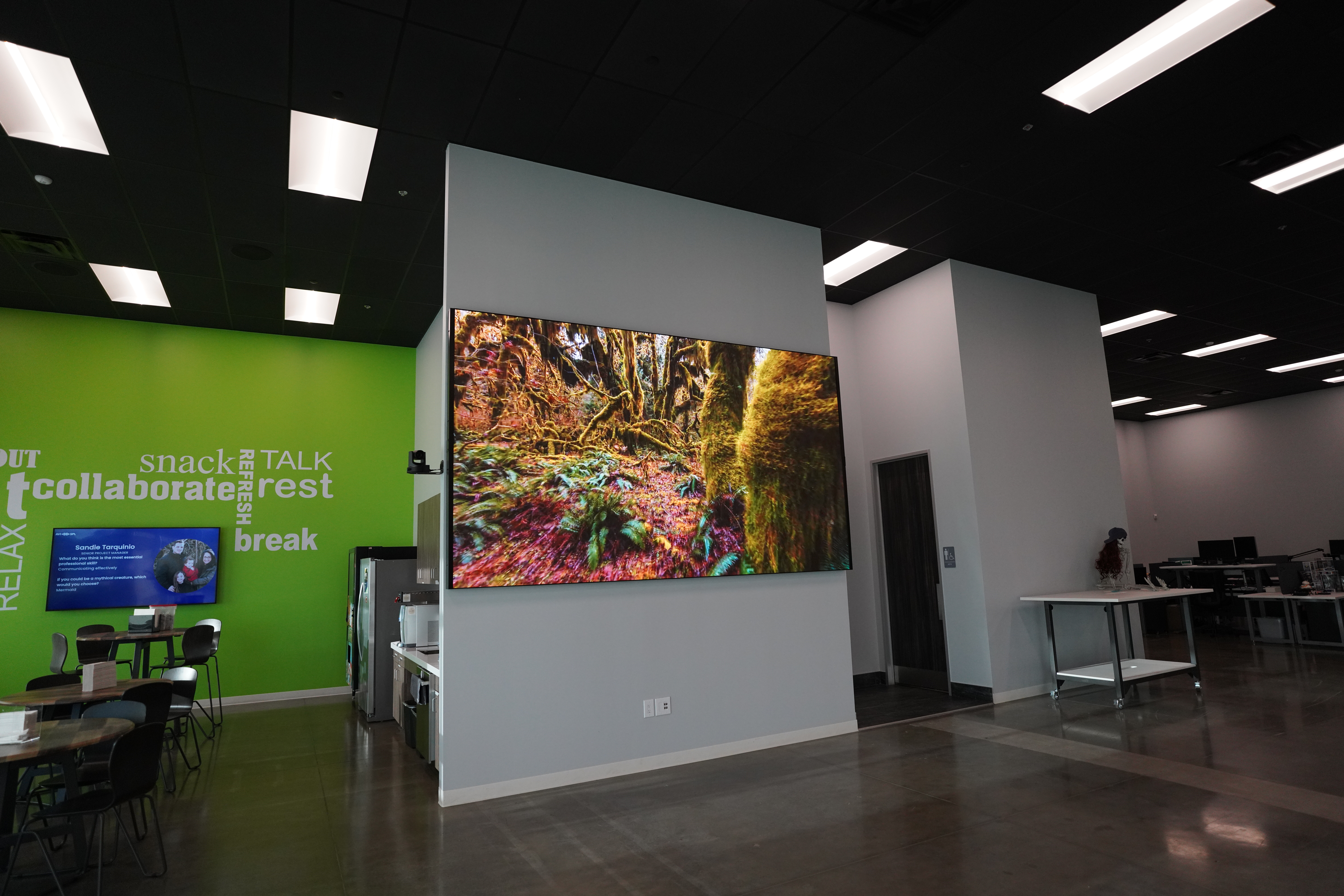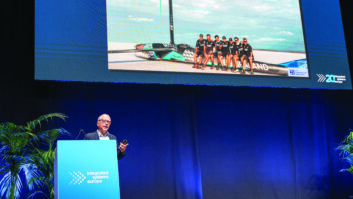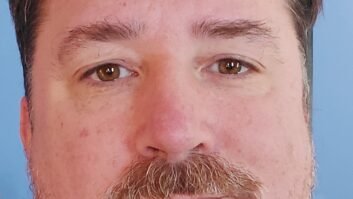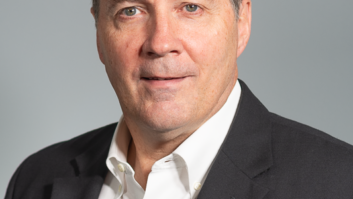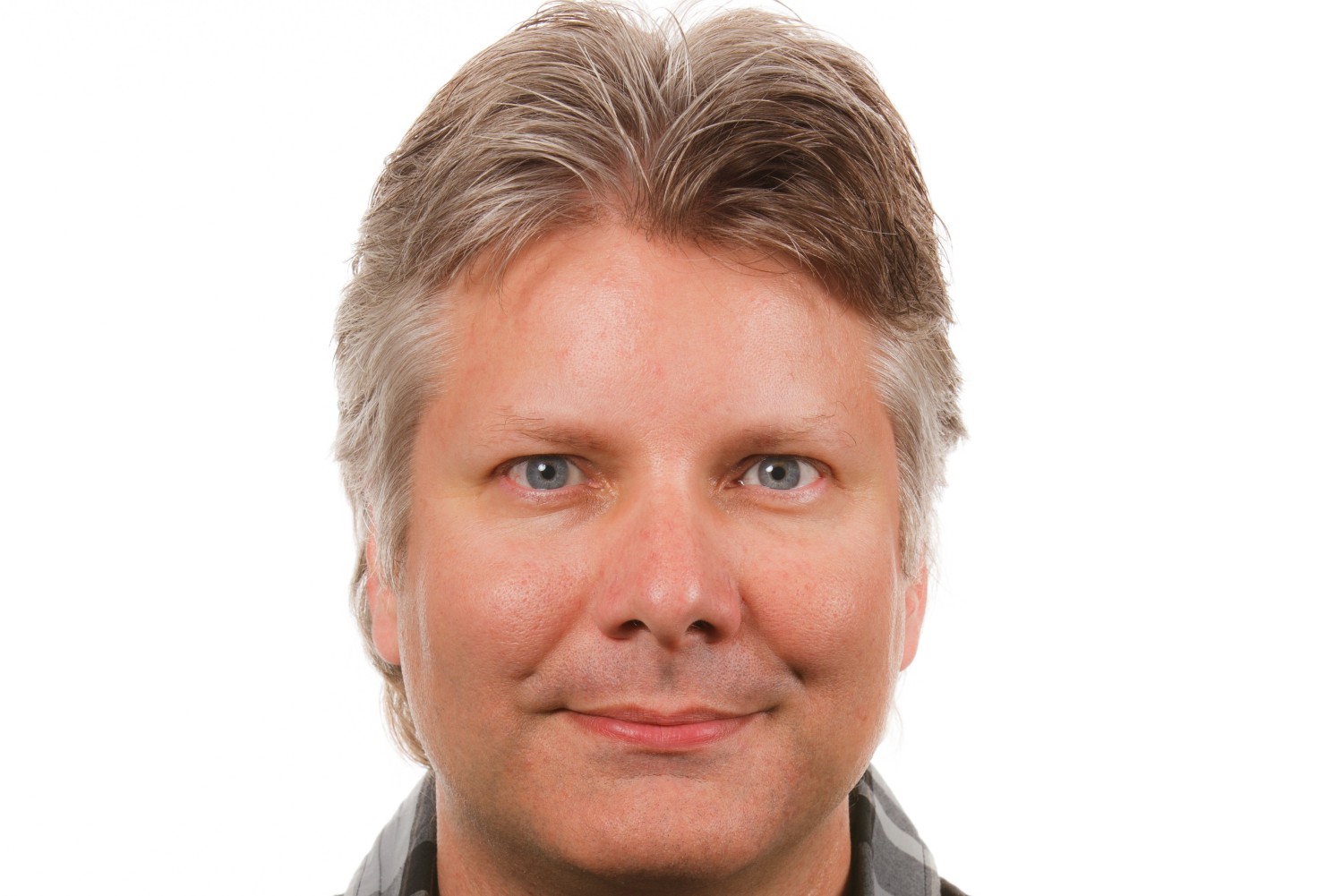
Industry credibility will suffer unless speaker manufacturers become more open about how they generate their published specifications, says John McMahon, VP of solutions and strategy at Meyer Sound Laboratories.
Acoustical output power is an important measure of loudspeaker performance, and as such it represents a critical parameter in the design and specification of large sound reinforcement systems. Usually stated as a maximum in dB SPL, and referenced at 1m on axis, this figure ideally designates the loudspeaker’s useful limits in a defined application.
But how valid is that number? Is it a carefully measured value reflecting long-term, real-world use? Or is it derived from a short-term burst designed to yield the highest possible number?
Unfortunately, a recent trend among some loudspeaker manufacturers is leading us towards a maximum dB SPL ‘arms race’ in which the object is to publish the highest possible numbers at the lowest possible product cost. This may realise a short-term sales advantage for some, but over the long run it calls into question the credibility of our industry as a whole.
An analogy here might be a light bulb connected to a variable voltage source. You could notch up the voltage right to the point where the bulb burns out, record the lumens at that instant, and publish the figure as the brightness of the bulb. But how useful is a light bulb that burns out in a few seconds?
Multiplying the problem
This issue goes beyond a single number published on a loudspeaker data sheet. When questionable methods are used to generate data sets for acoustical modelling software, the problem can be multiplied many times over. Consultants and systems integrators rely on these programs to prepare bid documents; if the actual installed performance comes up short then the system has to be upgraded or both parties may be subject to lawsuits. We’ve heard of this happening more than once.
A core problem here is that a number of variables are involved in producing a value for maximum acoustical output, and these are not always apparent in the published data. One obvious variable, alluded to above, is how long the loudspeaker can maintain this output level. The data sets for Meyer Sound loudspeakers, as incorporated in our MAPP XT software, reflect levels sustainable for at least two hours. We suspect this may not be the case industry-wide.
Other often unstated variables include the associated amplifiers, processors and cable lengths. Reputable loudspeaker makers who also make their own external DSP amplifiers will give different maximum SPL figures for the same loudspeaker, varying by as much as 6dB, depending on which model of amplifier is used. Absent this information, you cannot know for certain the amplifier power and limiter profiles that were applied to generate the figure. In addition, the long cable runs in larger installations can introduce significant variations with externally powered loudspeakers. (Note that these particular variables are eliminated with self-powered systems, such as those from Meyer Sound.)
Common methodology
In response to the vagaries of this dB SPL ��arms race’, industry groups are working to develop a comprehensive, common methodology for specifying maximum acoustic output. Meyer Sound is fully supporting this effort. In the meantime, in the interests of full transparency, we have created a video entitled Real World SPL. It details the exact methodology we employ in creating the data sets for our MAPP XT software, using a LEOPARD line array loudspeaker as an example. You are welcome to replicate these tests, and you will find that your results will consistently match predictions and are sustainable over the long term.
Until the various parties involved can develop a uniform test methodology, we encourage all professional loudspeaker manufacturers to be open and transparent regarding how they generate their published specifications and acoustical modelling data sets. In the meantime, we advise constructive scepticism. Dig into the fine print and footnotes, and ask tough questions when necessary. Know what’s behind the numbers.
Our common credibility is at stake. As an industry, we need to make sure that results promised are results delivered, consistently. That way, everybody wins.
Meyer Sound
